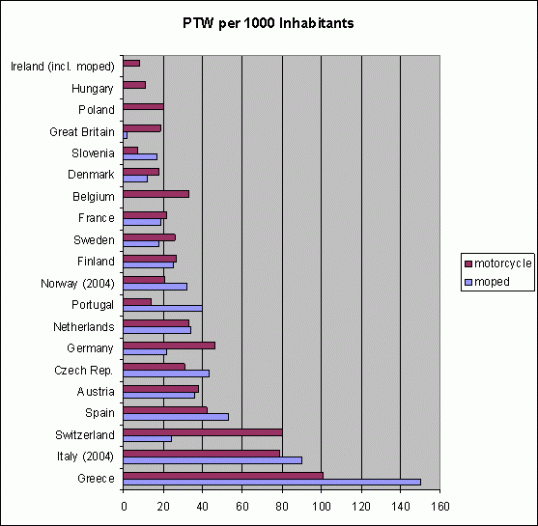- Cost-benefit and cost-effectiveness
- Crash avoidance and crash protection
- Key issues for vehicle safety design
- What forces can be tolerated the human body?
What are main crash injury problems?
Car occupants looking at fatality numbers, car occupants are the largest single casualty group. They comprise 56% of total EU (15) deaths with the majority of car occupant deaths occurring on non-motorway rural roads. The main injury risks for car occupants arise from the way vehicles interact with each other and with the roadside. Car to car collisions are the single most frequent category of crash. For both fatally and seriously injured occupants, frontal impacts are the most important crash type followed by side impacts. The head is the body area most frequently involved in life-threatening injury, followed in importance by the chest and then the abdomen. Among disabling injuries, those to the leg and neck are important [84]. Determinants of injury severity include:
- Restraint use
- Contact by occupant with the car 's interior, exacerbated by intrusion into the passenger compartment caused by the colliding vehicle or object
- Mismatch in terms of size and weight between vehicles involved in a crash
- Ejection from the vehicle
- Inadequate vehicle safety standards
Pedestrians: Research in Europe suggests that the majority of all fatally and seriously injured pedestrians are hit by the front of a car. Lower-limb injury is, in general, the most common form of pedestrian injury, while head injury is responsible for most pedestrian fatalities [32]. The survival of pedestrians in traffic depends upon ensuring either that they are separated from the high speeds of motor vehicles or - in the more common situation of shared use of the road - that the vehicle speed at the point of collision is low enough to prevent serious injury on impact with crash-protective safer car fronts World Report on Road Traffic Injury Prevention.
Motorized two-wheeler users tend to sustain multiple injuries in crashes, including to the head, chest and legs. The majority of the fatal injuries are to the head, despite helmet use. Lower-leg injuries result either from direct contact with the impacting vehicle or as a result of being crushed between the bike and the ground World Report on Road Traffic Injury Prevention, 2004. The European Enhanced Vehicle-safety Committee EEVC, 1994 showed that a car is involved in a half to two thirds of crashes. A quarter to a third of all motorcycle crashes were single vehicle crashes without collision with another vehicle. Off-road impacts where the motorcyclist leaves the roadway and overturns or strikes a roadside object is the most frequently occurring motorcycle crash type. Research in several European countries indicates that many serious injuries to motorcyclists go unreported to the police which mean that national statistics typically underestimate the size of the problem [93].
Figure 1 Source: CARE 2002
Cyclists comprise around 5% of road user deaths across EU countries, but as much as 18% in the Netherlands where, with the exception of Denmark, use is substantially higher than in other countries.
| Country | kms/year |
|---|---|
| Denmark | 893 |
| Netherlands | 853 |
| Germany | 287 |
| Ireland | 181 |
| United Kingdom | 76 |
| Spain | 20 |
Table 1: Source RAI, 1998
There is much evidence that cyclists' crashes are frequently under-reported in national statistics, particularly in non-fatal single vehicle crashes. Single vehicle crashes comprise the most typical crash type. Typically, these result from rider stunts (27%), or feet caught between the vehicle spokes (18%), as a result of a defect in bicycle design or maintenance (13%) or due to poor road surface (8%). Head injuries are the major cause of death in around 75% of cyclist fatalities. Head or brain injury comprises about 50% of all younger hospitalised crash victims.
Minibus and bus occupant injury is a smaller but also a treatable vehicle safety problem.

